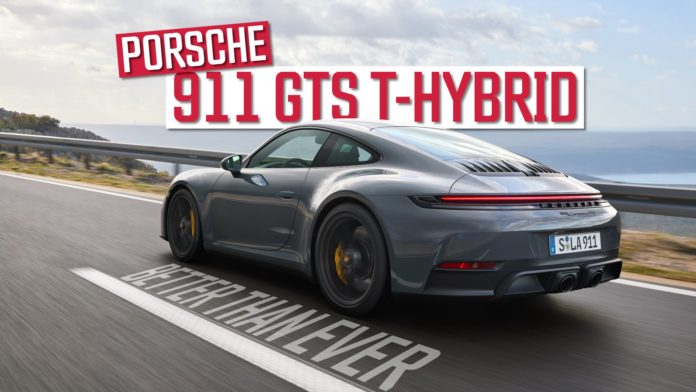Key Takeaways
- The Porsche 911 GTS fills the gap between the Carrera and Turbo models, offering a perfect balance of performance and usability.
- The 2025 Porsche 911 GTS is the first-ever 911 hybrid, featuring a new powertrain with impressive power outputs and faster acceleration.
- The new 911 GTS comes with updated suspension, rear-axle steering, aerodynamic enhancements, and digital interior upgrades, making it a standout choice.
In the late 2000s, Porsche realized that there was a massive gap between the 911 Carrera S and the bonkers 911 Turbo S. The Carrera models were very much traditional sports cars, while the Turbo and Turbo S were posting the sort of acceleration and top speed figures normally associated with supercars. That’s why the German automaker introduced the first GTS model in 2011. It was meant to be more potent than the S, a bit more user-friendly on the road than the track-ready GT3, but not as stupidly fast as the Turbo models. In short, it was meant to be the sweet spot.
Related
The Best Porsche 911 For Every Occasion
The 911 is arguably the best sports car in the world, but can it really be all things to all men?
The 997 GTS was so successful that Porsche made it a standard production model for the 991 Series in 2015. It has been part of the range ever since. It’s widely regarded as the best all-rounder in the 911 range because it’s the perfect car for 90% of use cases. It’s available as a Coupe, Cabriolet, and Targa, and you can have it with rear-wheel drive or all-wheel drive. You can ask Porsche to remove the rear seats for a more lightweight experience, or you can keep them in and use it for the school run. If you only have enough bucks for one 911, the GTS is the one to buy.
But now Porsche has changed the recipe. The all-new 2025 Porsche 911 GTS is the first-ever 911 hybrid. Let that sink in for a second. To introduce hybridization to the 911 range, Porsche chose the default model – the 911 designed to be all things to all people. The question is, how does it stack up against the previous non-hybrid GTS?
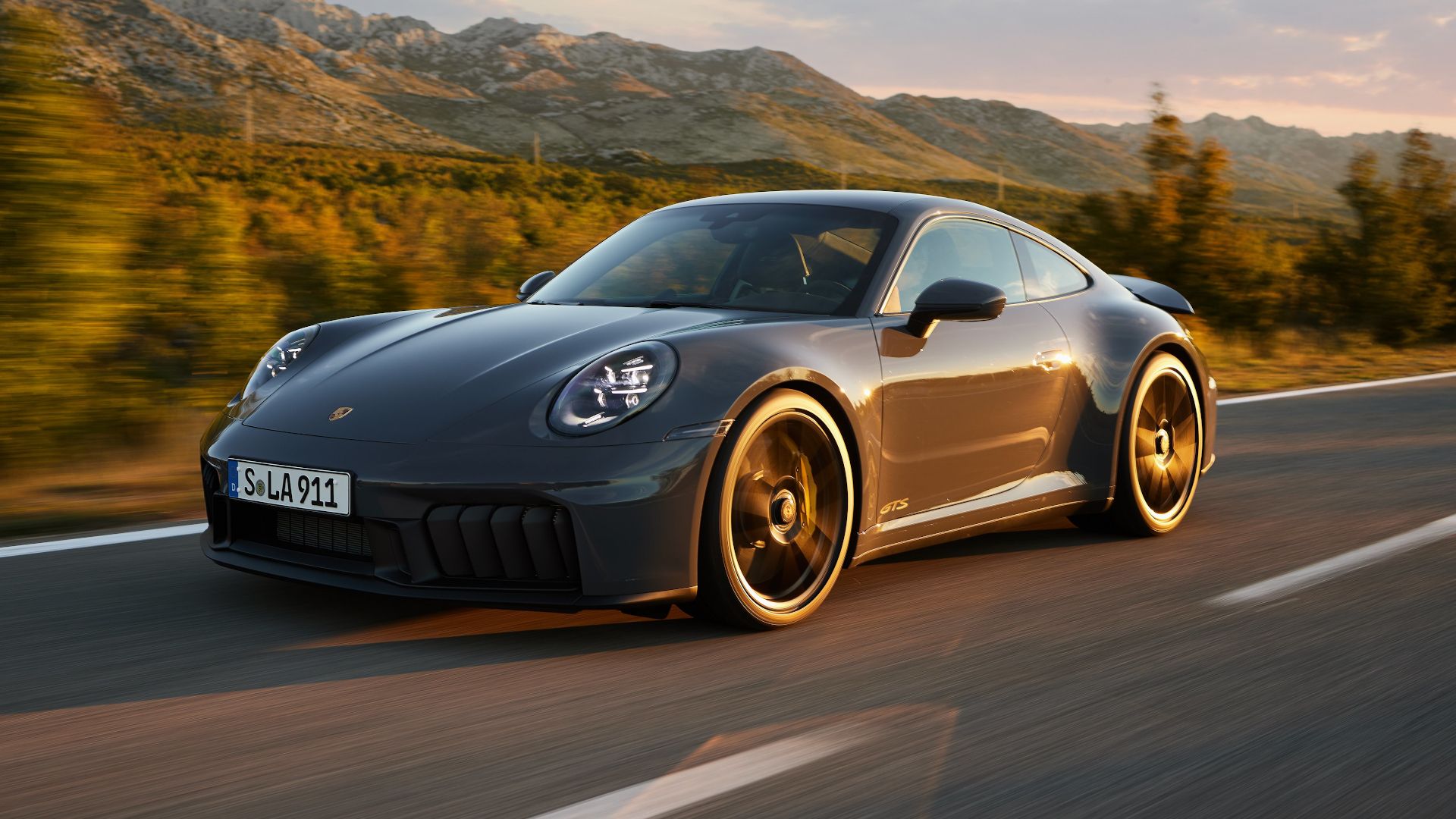
2025 Porsche 911 Carrera GTS Coupe
- MSRP
-
$164,900
- Engine
-
3.6L Turbo Flat-6 Hybrid
- Drivetrain
-
Rear-Wheel Drive
- Transmission
-
8-Speed Dual-Clutch Automatic
- Horsepower
-
532 hp
- Torque
-
449 lb-ft
- 0-60 MPH
-
2.9 Seconds
- Top Speed
-
194 mph
Powertrain: Is There A Place For Electricity In A 911?
|
2024 Porsche 911 Carrera GTS |
2025 Porsche 911 Carrera GTS T-Hybrid |
|
|---|---|---|
|
Engine |
3.0-liter twin-turbocharged flat-six |
3.6-liter turbocharged flat-six hybrid |
|
Power |
473 hp |
532 hp |
|
Torque |
420 lb-ft |
449 lb-ft |
|
Gearbox |
Eight-speed dual-clutch |
Eight-speed dual-clutch |
|
0-60 MPH |
3.2 seconds (with Sport Chrono Package) |
2.9 seconds |
|
Top Speed |
193 mph |
194 mph |
|
Curb Weight |
3,433 lbs |
3,536 lbs |
Porsche could have introduced a 911 hybrid years ago if it followed the same hybridization trend as most automakers, which is to use an existing engine and augment its performance by putting an electric motor in the gearbox. Instead, Porsche designed an entirely new powertrain called the T-Hybrid. At the core of this new powertrain is a new single-turbo 3.6-liter flat-six. It uses an electrically driven turbocharger, driven by an electric motor placed between the compressor wheel and turbine wheel. The idea is that it spools the turbocharger much faster than the traditional method, which is why it can get away with a single turbocharger.
A second electric motor, providing 54 horsepower and 110 lb-ft of torque, is housed within a strengthened eight-speed dual-clutch transmission. The electric turbocharger and motor are both driven by a 1.9 kWh battery operating at 400 volts, mounted under the frunk.
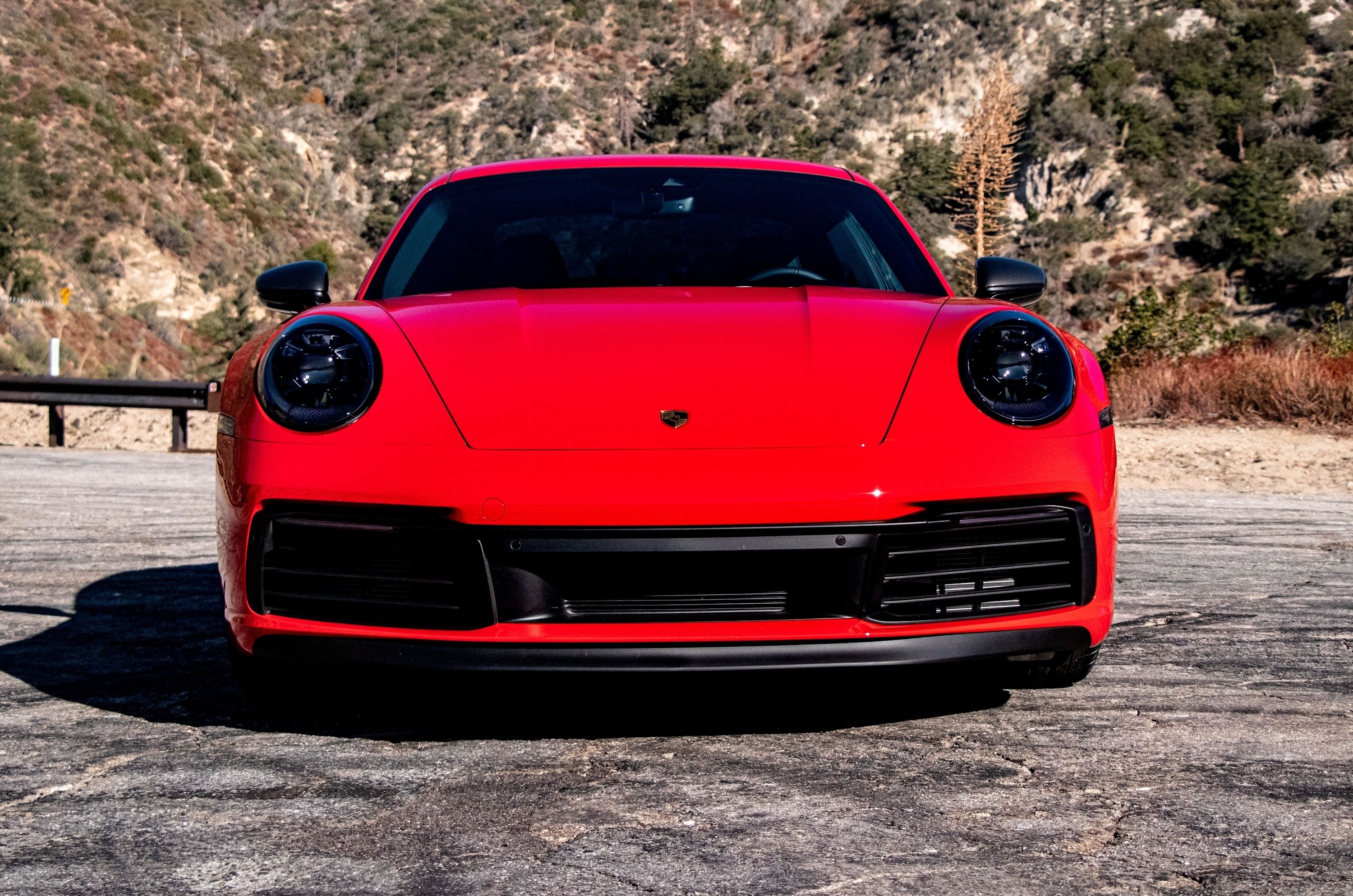
Related
Porsche 911 Carrera Generations: Everything You Need To Know In One Place
Porsche’s immortal everyday sports car might be the best all-rounder in its class; unmatched practicality, comfort, and handling make it the king.
That’s where the old 12-volt battery used to be, but instead of just moving it to the side to make room for the new battery, Porsche opted for a new 12-volt lightweight lithium-ion battery located behind the parcel shelf at the rear of the car. Why? For better weight distribution. Thanks to that new 400-volt system in the front, the air-conditioning compressor no longer needs to be belt driven, which provided room in the engine bay for the pulse inverter and DC-DC converter.
By itself, the new 3.6-liter turbocharged flat-six produces 478 horsepower and 420 lb-ft of torque. That’s already more powerful than the outgoing GTS’s 3.0-liter twin-turbocharged flat-six. Add the electricity, and the combined system output jumps to 532 hp and 449 lb-ft. And the penalty for this power increase? A mere 103 pounds. Porsche is not in the habit of following trends. It’s a trendsetter, as it’s proven once again by building a hybrid that lapped the Nürburgring faster than a 911 Turbo S.
What If I Don’t Want A Hybrid?
If you don’t like the idea of anything but a 12-volt battery in a 911, fear not. The standard Carrera still uses the 3.0-liter twin-turbocharged flat-six, but slightly updated. It now uses the same intercooler as the 911 Turbo models and the modified turbochargers as used by the outgoing ICE-only GTS. Thanks to these mods, the base Carrera now produces 388 hp and 331 lb-ft of torque. With the optional Sport Chrono Package equipped, it will sprint to 60 mph in 3.7 seconds and on to a top speed of 183 mph. It’s hardly a slouch, but you will be missing out on some new GTS suspension goodies.
Electricity Is Even Used To Improve The Ride
The outgoing GTS came standard with the Sport Chrono Package and a lowered sport-tuned suspension. For the new model, Porsche updated the suspension, but did not share specific details about what said upgrades are. We do know that, for the first time, rear-axle steering is standard on the GTS, which should make it more nimble in just about every driving scenario. As standard, the GTS sits 0.4 inches closer to the ground, and it rides on a sports suspension with adaptive dampers.
One option worth investigating is the new Porsche Dynamic Chassis Control (PDCC), which is integrated into the hybrid’s high-voltage system. Basically, it’s a roll-stabilization system controlled by an electrohydraulic control system, which makes it faster, even more flexible, and more precise.
Aerodynamically Optimized Exterior
The new 911 comes standard with LED Matrix design headlights, which allows for larger air intakes on the front fascia. On GTS models, the front fascia has five visible vertically aligned active air flaps, plus a sixth that’s not visible from the outside. There’s also an adaptive front diffuser that works together with the cooling system for the first time. When the driver doesn’t need as much power, the flaps are closed to improve the airflow over the car. When you do use all the power, airflow is directed to the radiators. Around back, the GTS gets a model-specific sports exhaust as standard. It works beautifully with the simplified rear end, which incorporates a variable rear spoiler.
An optional Aerokit is also available, including a SportDesign front fascia with a front spoiler lip, side skirts, and a fixed rear wing.
Interior: Digital Controversy
The 911 has gone digital. There are several firsts, not all of them good. There’s a start button to the left of the steering wheel, a new drive switch mode, a 10.9-inch high-resolution touchscreen display with video streaming when the car is stationary, and several native apps like Spotify and Apple Music that can be used even when the car isn’t connected to a smartphone. Overall, it’s a big step up from the previous 911’s interior, apart from one very important detail.
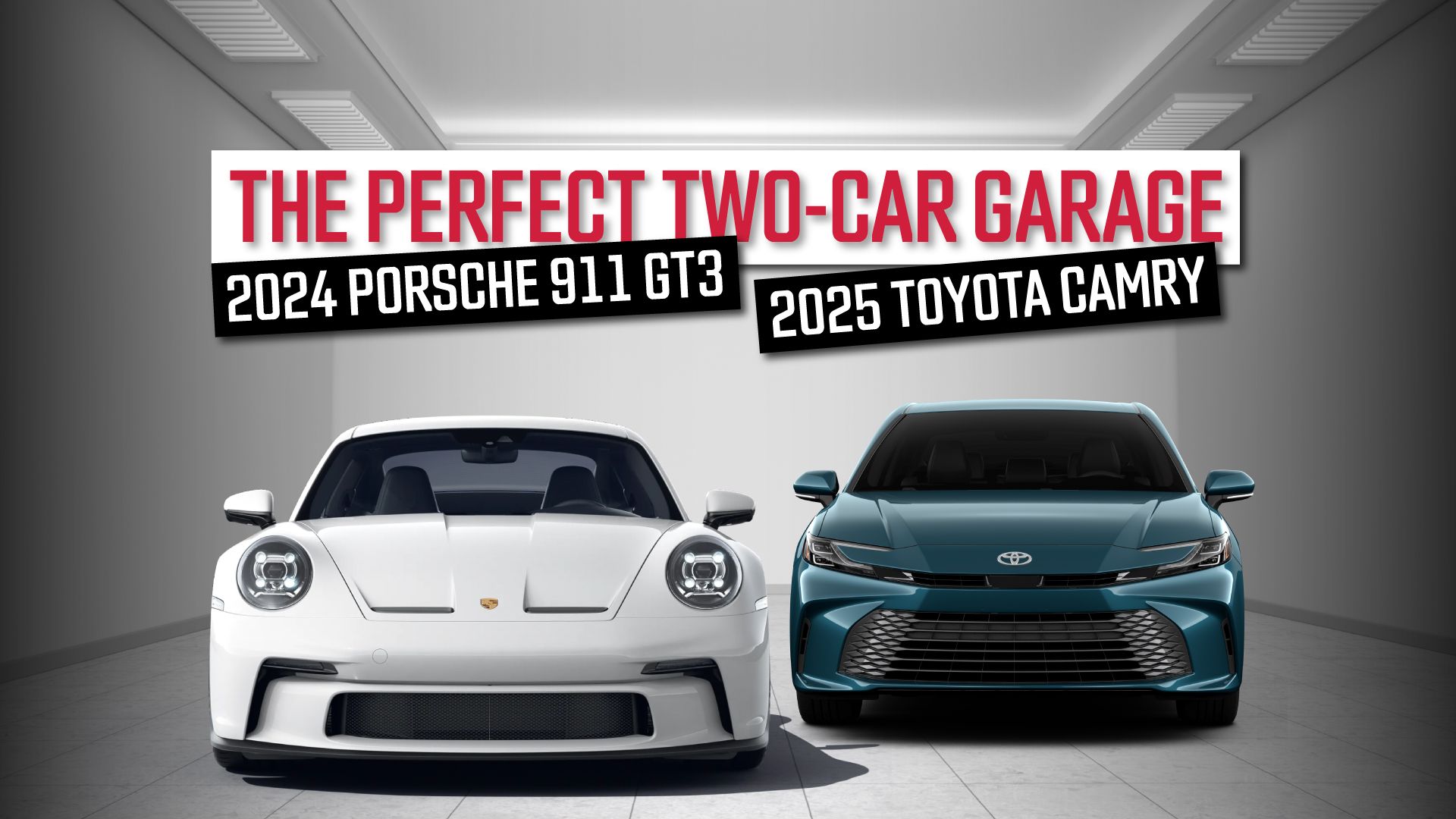
Related
The Porsche 911 GT3 And 2025 Toyota Camry Is The Perfect Two-Car Garage
There’s always an argument for the perfect two-car garage, but these are the only cars you’ll ever need.
For the first time ever, the 911 has a fully digital instrument cluster. Yup, the analog tachometer is dead, and in its place, there’s a 12.6-inch curved display with seven different layouts, one of which is the classic tube design with a centrally positioned rev counter. We understand why Porsche had to make this change. It’s much cheaper to use a screen than analog dials, not to mention the fact that suppliers simply don’t want to make the analog stuff anymore. It simply isn’t financially viable. We know all this, but we can’t help but feel uneasy looking at that digital instrument cluster. The analog tachometer has been a hallmark of the 911 for decades, and we’re sad to see it go. It’s the cost of progress.
Pricing: The Hybrid Is Way More Expensive, But A Good Buy
The 2024 911 Carrera GTS Coupe started at $150,900, increasing to $158,200 for the 911 Carrera 4 GTS. A RWD GTS Cabriolet had a price of $163,700, while an AWD drivetrain pushed the price up to $171,000. The Targa, which is only available with all-wheel drive, started at $171,000.
Porsche increased the price of the various GTS models by between $14,000 to $15,000, but there’s a good reason. Several items that used to be options or not available on the outgoing model are now standard fitment. These include the Race-Tex interior package, rear-axle steering, Race-Tex roofliner, LED Matrix design headlights with auto high beam, lane-keep assist, traffic sign recognition, ambient lighting, and power-folding mirrors. Can you believe Porsche used to charge $370 for something that’s standard on any rental-spec sedan?
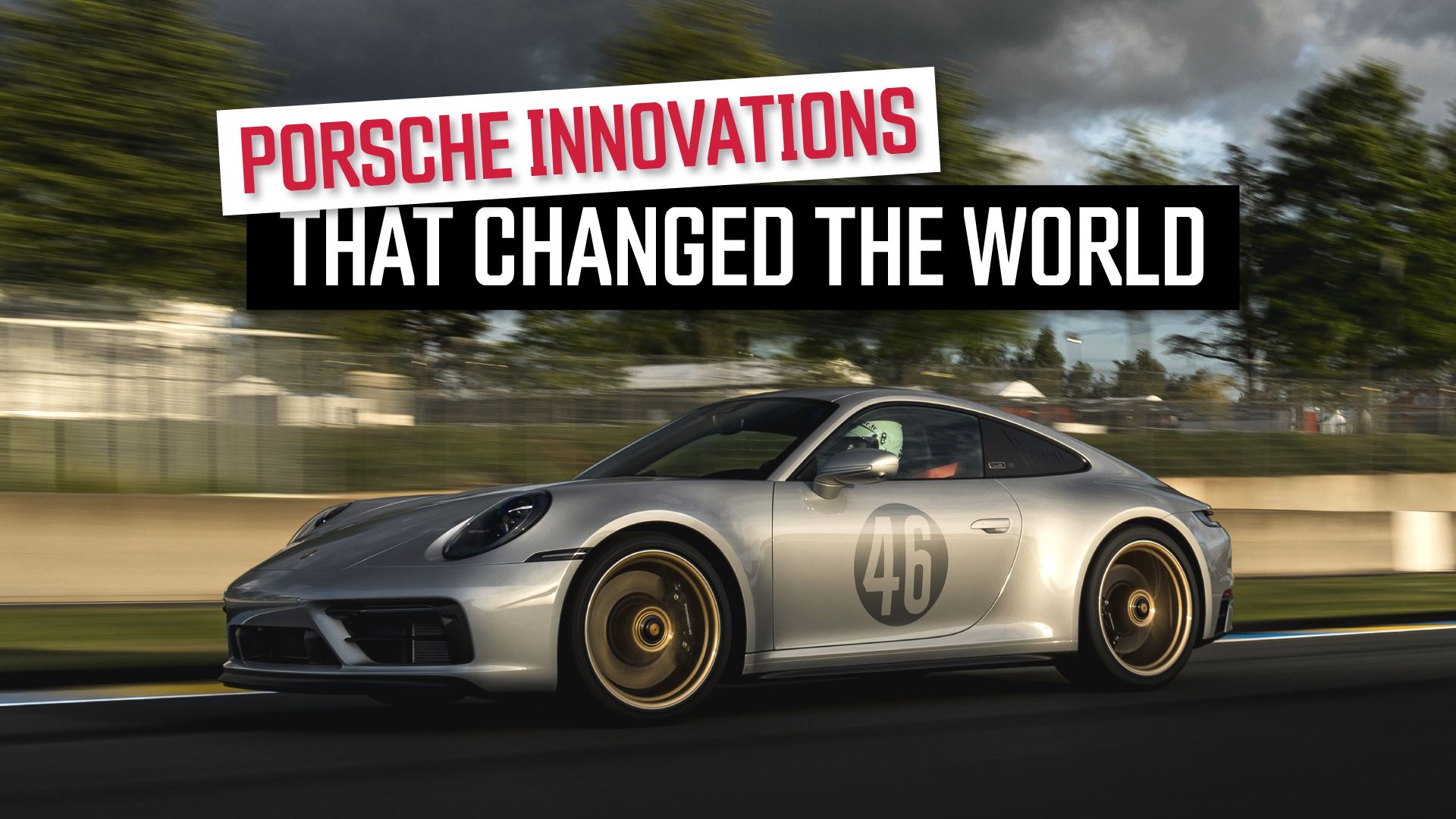
Related
7 Porsche Innovations That Changed The Automotive World
Porsche’s contributions to the automotive world are virtually innumerable, but 7 are definitively noteworthy.
New additions include upgraded infotainment, wireless phone charging, drowsiness detection, and that sweet new hybrid drivetrain. The equipment Porsche now includes as standard is worth $270 shy of $10,000, and that’s not including the new equipment mentioned above or the newly designed hybrid powertrain. Suddenly, the new car seems like a bargain, especially when compared to even more expensive machines. That 0-60 mph time of 2.9 seconds puts it firmly in supercar territory, not to mention that Nürburgring lap time of 7:16.934, which is also right up there with more exotic machines.

